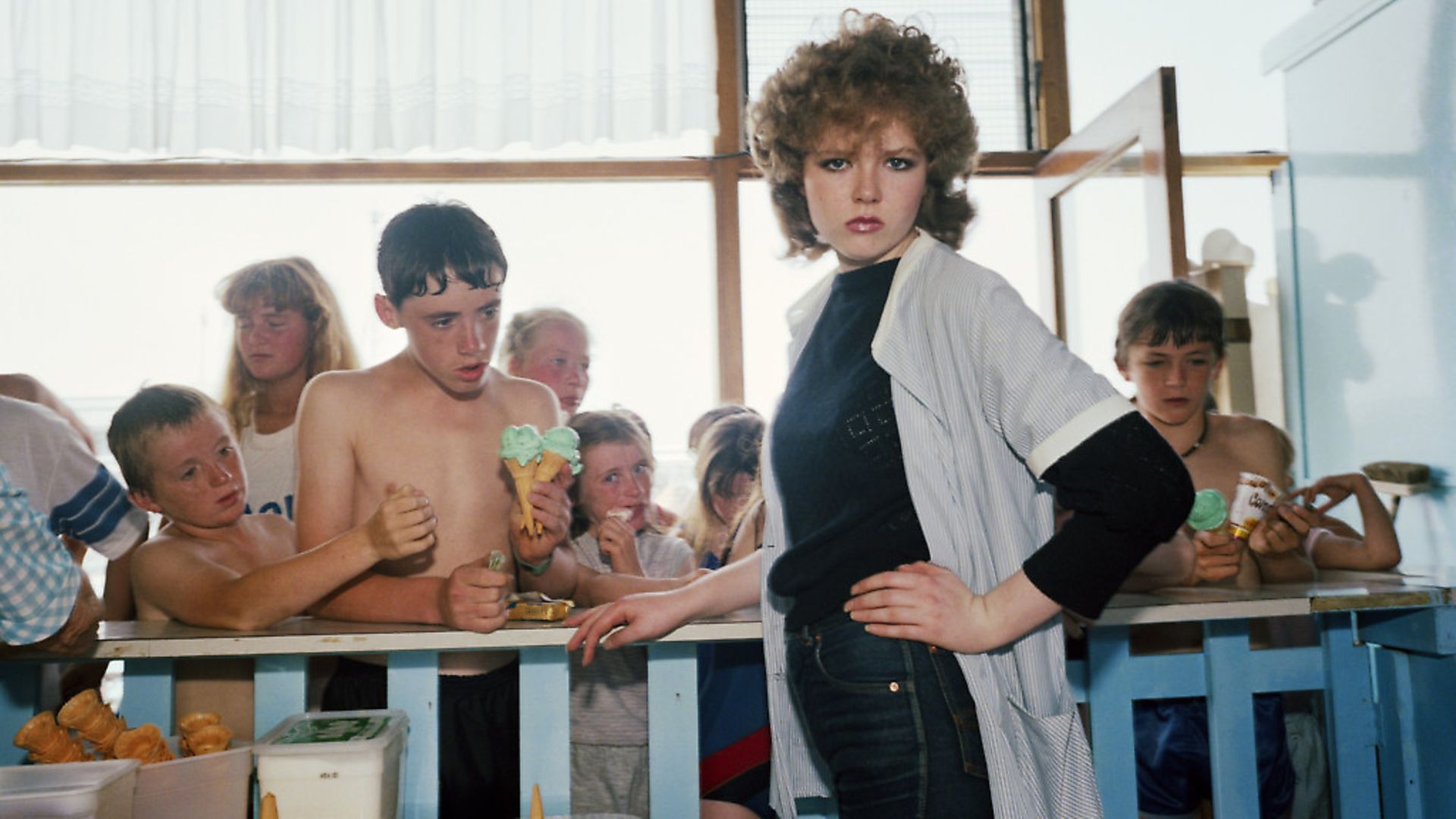
RICHARD HOLLEDGE on a new photography exhibition chronically the stories of our seaside towns, their rise, fall and recent recovery.
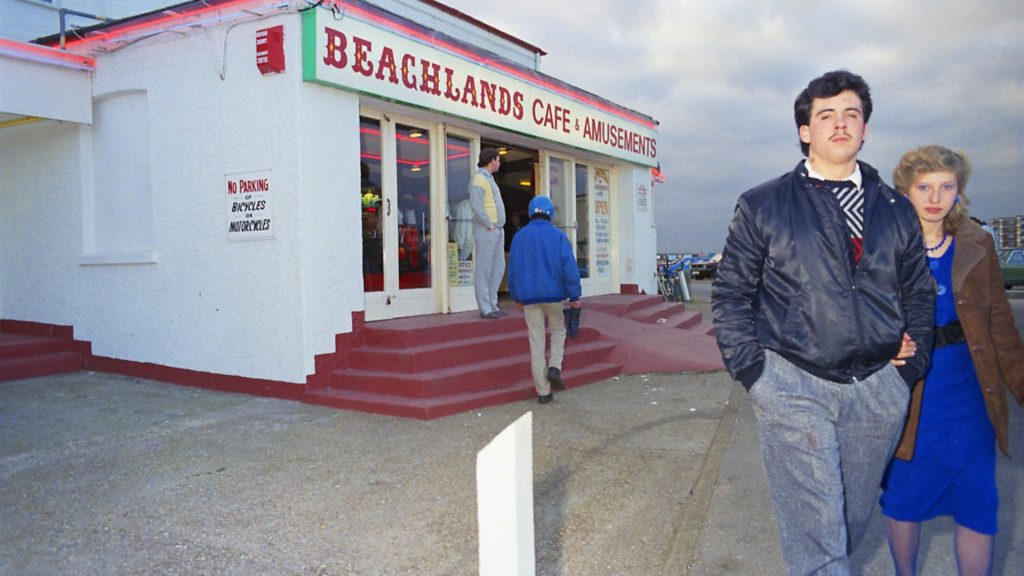
Everyone has a lovely time the day they go to the seaside. Whether it’s raining or you’re sunburnt to a crisp, there’s always the pier, the cream teas, fish and chips and a whirl on the dodgems.
Even when the sun does shine our resorts are shabby but never chic, as a new exhibition, Seaside: Photographed, at the Turner Contemporary in Margate demonstrates. Its images reflect the tentative toes-in-the-water of the Victorians to the cheery glamour of the 1940s, 1950s and 1960s, the decline of the 1970s and the present day when so many have become melancholy destinations of last resort.
Curated by Val Williams and Karen Shepherdson, the exhibition features the work of high-profile names such as Jane Bown, Henri Cartier-Bresson, Lee Miller, Martin Parr with his classic studies of New Brighton, The Last Resort, and others such as Vanley Burke, Anna Fox, Raymond Lawson and Michael Bennett – all drawn to the seaside for different motives and with contrasting results.
The introduction of the railway opened the coast to the Victorians. Blackpool, Scarborough, Llandudno and Margate itself, became meccas of pleasure where the holidaymakers crowded in their frocks and bonnets, suits, ties and bowler hats, to sit uncomfortably on the sand and stare cautiously at the camera.
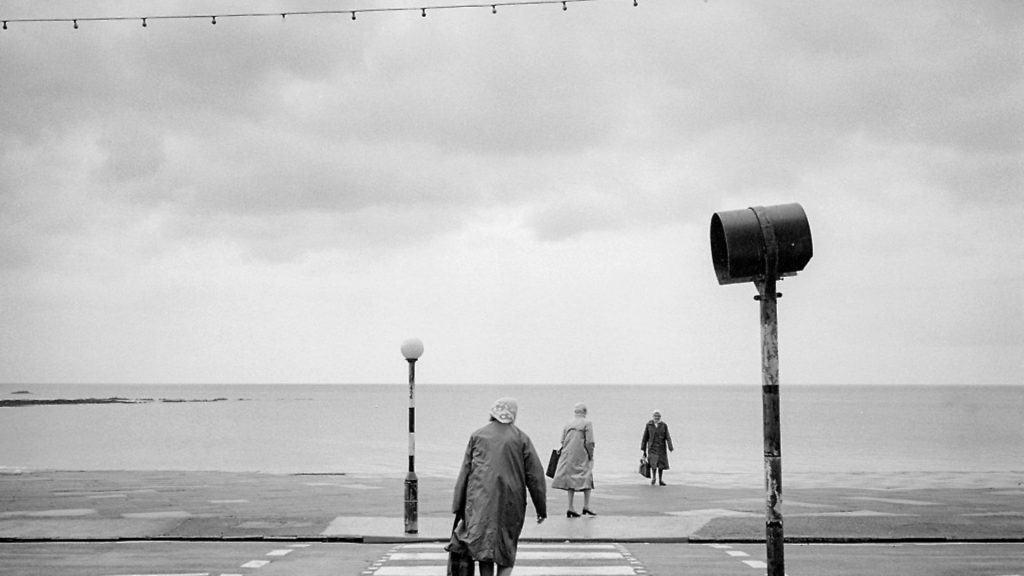
By the 1930s the popularity of the seaside was, according to the artist Paul Nash “beyond belief”. Commissioned by the poet John Betjeman, he had moved to Swanage in Dorset to photograph, write and edit the Shell Guide to Dorset which proved so inviting that soon Nash was complaining of trippers who were, he deemed, “unbearably vulgar”.
The trippers, however vulgar, were in full force in the post-war years and for millions Butlin’s holiday camps were the places to stay for fun and frolics.
Daniel Meadows snapped the humdrum holiday chalets in Filey, complete with washing lines, in 1972, while Dafydd Jones captured the well-behaved queue waiting to enter the dining room in Minehead, the men in tidy shirts and slacks, the women in frocks. Perhaps no-one depicted the simple pleasure of a day by the sea more appealingly than Raymond Lawson, a photographer for the Catholic community of Whitstable, Kent, whose ice cream-licking, tea-drinking scenes of his family and friends sheltering on a pebbly beach entirely characterise the carefree days of the summer of 1959.
By the end of the 1960s and into the 1970s the mood changed. Cheap air travel had lured holidaymakers to the sun of the Spanish Costas and as they deserted their old resorts the images reflected a gloomy, often downright dystopian, reality of a seaside gripped by neglect and decline.
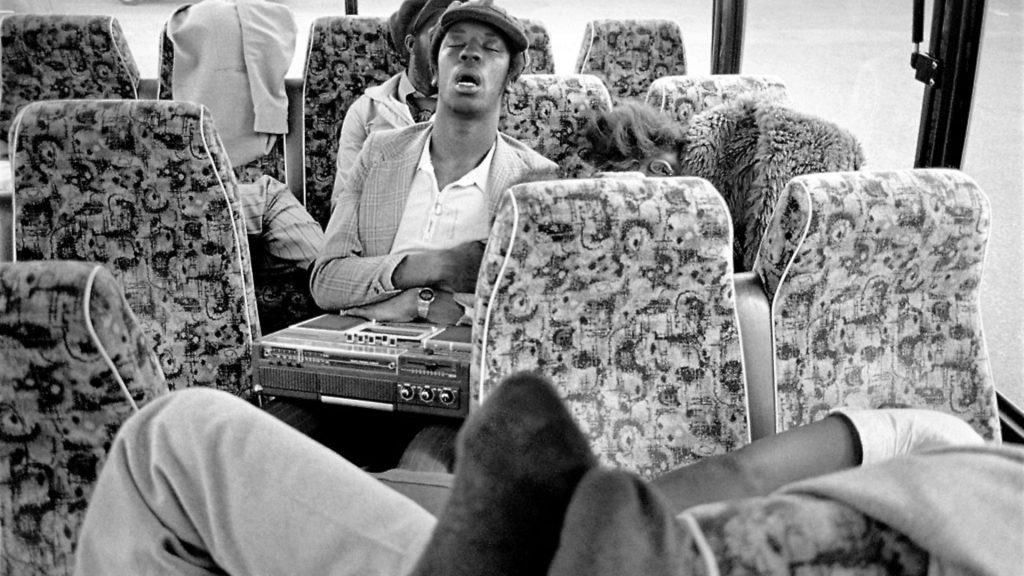
Raucous mods and rockers roared up and down the increasingly empty fronts to do battle. A selection by C. Smith of the Daily Herald newspaper in 1964 entitled “Clacton disturbances” captures the surliness of rebellious youth and, as the exhibition catalogue suggests, their confrontations “dramatised the rowdiness as a kind of skewed war story – the beach as battleground, innocent bystanders and a dissolute rebel army”.
The Isle of Wight Festival in 1970 was another kind of youthful expression of independence but here it is portrayed by Enzo Ragazzini not as a moment of pop history, glamour and music, but as a mess of weary bodies, slumped in half-hearted excess.
When we reach the 1980s the joie de vivre of the post-war years is gone. Instead, photographers turn their cameras on cheerless, but all-too familiar, joints like Beachlands Café on Hayling Island. In Anna Fox’s picture (1986), she used her flash to brighten the colours – but only to emphasise its bleakness. The dead eyes of the couple in the foreground of one picture say it all.
What could possibly be the appeal of north Wales as depicted by Michael Bennett in his remorselessly depressing Seaside in Summer and Winter (1980)? There is no cheery nostalgia being evoked in Pier Closing Time, Llandudno, in which a worker, as downtrodden as the pier behind him, struggles against the rain with a rusty gate, while in another scene, a solitary dog casts a shadow on an empty beach dominated by the sign reading “You Have Been Warned”.
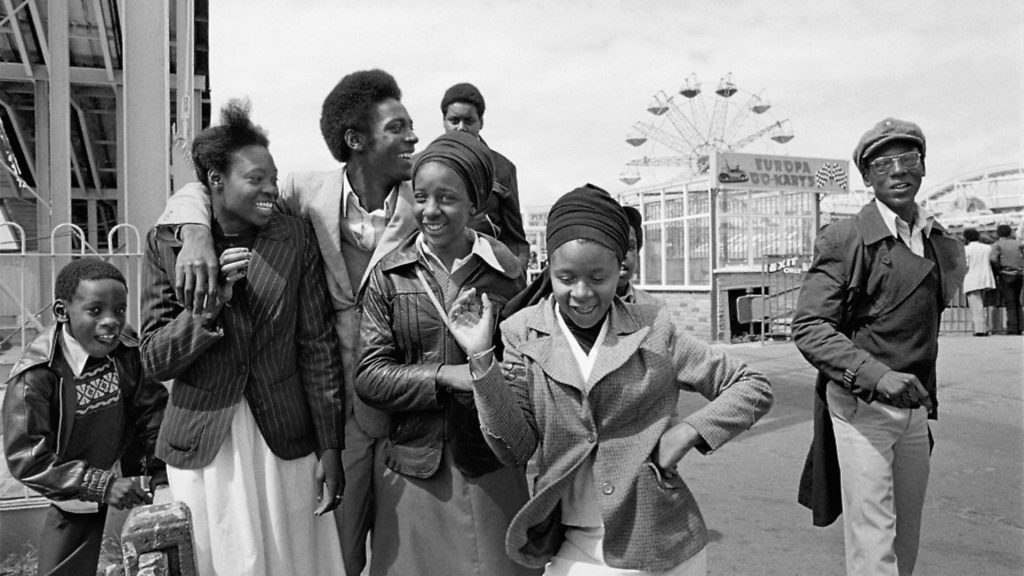
Sadly, few coastal towns heeded the warning signs of decline, with the result unemployment is invariably higher than the national average, the towns are blighted by poor housing with abandoned guest houses now used as cheap bed and breakfast accommodation for immigrants and people living on benefits.
Life expectancy is almost eight years below the national average and more than half of children live in poverty. Shockingly, seven of the 10 local authorities in England and Wales with the highest rates of heroin deaths are coastal towns, according to the Office for National Statistics.
In April a House of Lords commission acknowledged that the neglect had gone on for too long and admitted the resorts “suffer from issues rooted in the decline of their core industries, most notably domestic tourism, but also in fishing, shipbuilding and port activity, and from their location at the ‘end of the line’. The potential impact of Brexit on these towns, particularly the hospitality sector, also remains an open question”.
It admitted: “A single solution to their economic and social challenges doesn’t exist. There is a need for a national strategy to consider the needs of deprived seaside towns and communities.”
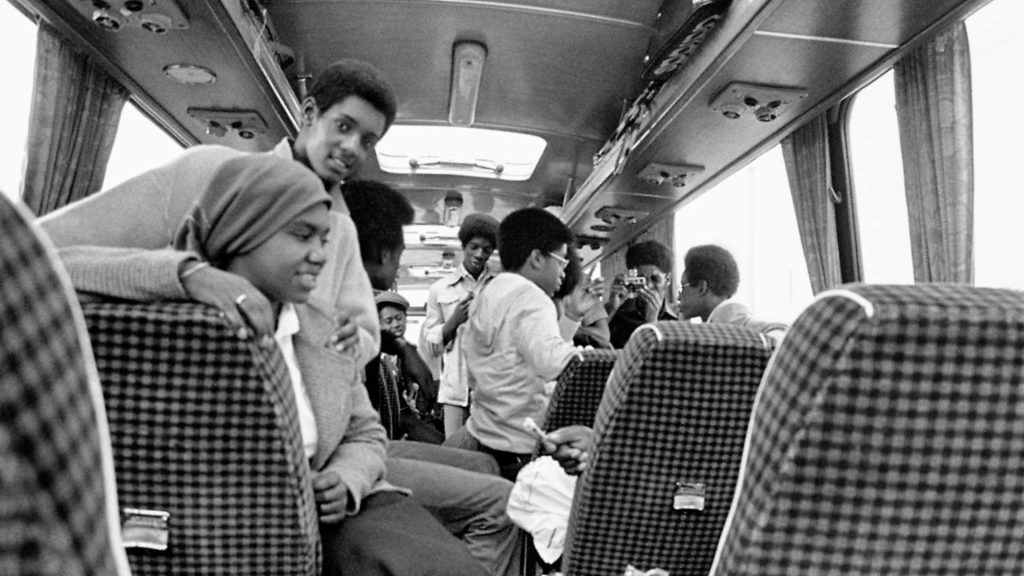
Perhaps few resorts suffered more than Margate itself. J.M.W. Turner thought Margate’s skies to be “the loveliest in all Europe” but, as images by Hannah Blackmore (2011) of boarded-up shops in the town and nearby Ramsgate testify, the streets were among the most blighted.
Coincidentally that was the year that the Turner Contemporary opened, and much was made of the regenerative effect that the new gallery would bring.
Has it earned its keep as an agent for change? Earlier this year, it totted up its three millionth visitor and claimed to have injected £68 million into the Kent economy as well as helping the opening of more than 150 businesses in Margate, many of them in the cultural sector, such as architects, artists and designers.
Thanet Council, which includes Margate, claims 300 jobs have been created by the reopening in 2017 of Dreamland, the legendary Victorian funfair, and 100 by the Turner, yet Thanet’s unemployment rate is higher than in most of the country, at 5.3% and 18-24 year-olds represent 21.1% of all unemployed people in Kent. Furthermore, the most recent figures, from November 2018, show 4,723 people living in temporary accommodation or sleeping rough.
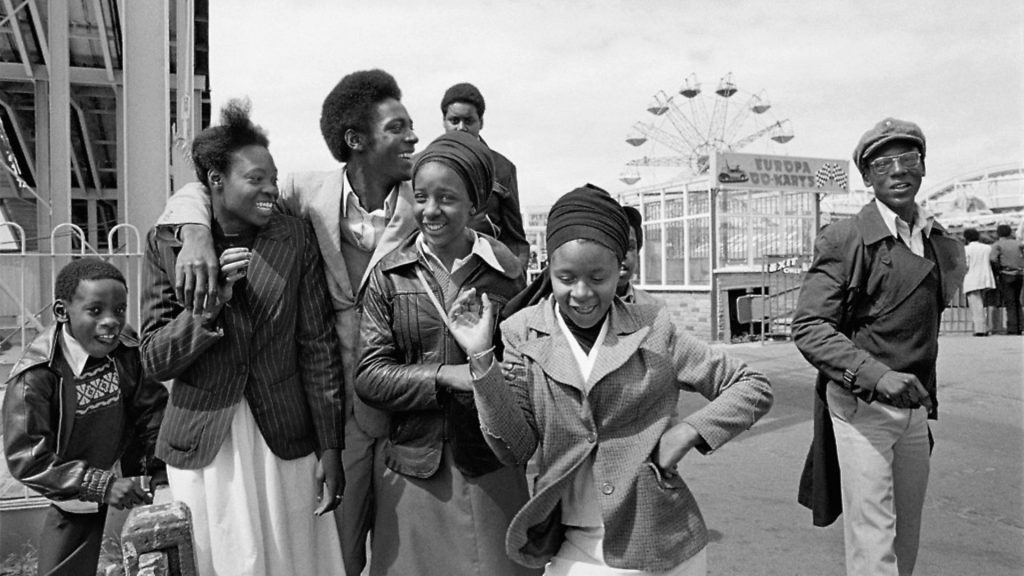
On my visit to the opening of the Seaside: Photographed exhibition I counted 17 boarded-up shops in less than one mile – but this is an improvement from 2011 when more than 37% of the High Street shops were closed.
These are a glum downside to a more positive picture. Market Square had a steady hum of diners at the small restaurants, and there is a plan to build a hotel on the front; London gallerist Carl Freedman is reported to be opening a space and Tracey Emin a sculpture studio in what is her home town. House prices have risen 60% in five years.
The Turner has certainly made an impact on the tourism figures, which rose by 19% between 2013 and 2015, with an annual value today of £293m, and the Lords report acknowledges the contribution of culture to help regenerate communities. Folkestone, along the Kent coast, has benefited from a brilliant triennial and the development of a Cultural Quarter, created and sustained by the privately-funded De Haan Trust, set up by the founder of the Saga travel and insurance empire.
This summer’s re-launch of the Jerwood Gallery as Hastings Contemporary might bring fresh impetus to that town, where a 2017 report found that one in every 316 people was homeless. The quirkiness of Hastings and its visitors is chronicled in the exhibition in a curious series by Grace Lau in Chinese Portrait Gallery (2005) in which she poses disparate groups such as bikini-clad girls and Muslim day trippers before a Chinese-style backdrop.
Aberystwyth has an excellent university arts centre and is the site of the National Library of Wales yet it still has a jobless total higher than Britain as a whole and lags behind in pay. It has modest plans to develop a marina and create a business hub for young entrepreneurs – though that was reliant on a £900,000 EU grant.
It is unfair, perhaps, to pick out Daytrippers (1985) by Colin Thomas as a reflection of Aberystwyth today, but it is a poignant scene in which two women, backs to camera heading for the beach, empty save for another women coming toward them. Have they had enough of their unfriendly surrounds? Are they regretting their big day out? There is a real sense of dislocation about the trio and, indeed, the town. No joy here.
Other resorts eschew the culture option and concentrate more directly on the needs of the holidaymaker. Blackpool has always been larger than life and twice as gaudy, as Iain McKell’s recently shot series of girls on their nights out, all shouting and pouting, flouncy dresses and tattoos, proves. One woman in the appropriately-titled In the Gutter, with her Dusty Springfield bouffant, black eyes and scowl, aims a defiant V-sign at the photographer.
Yet for all its history – or maybe because of it – in 2018 the town’s jobless rate was 5.7%, well above national average, and the town suffers from drug-related problems with 14 heroin deaths per 100,000 people last year. The key to regeneration is considered to be a £26m conference facility attached to the Winter Gardens, a £20m five-star hotel on the Pleasure Beach and a £300m theme park.
It is a similar strategy in Skegness, caught by Barry Lewis in its more bracing days in 1982 with a droll series in Butlin’s – which has a tubby chap falling backwards into the pool under the sign “Our true intent is all for your delight”, and a heroic camper dressed as a chicken for a stage show. The plan is to build a five-storey complex on the front with observation deck, museum, artist’s area, entertainment areas, ice bars and a tea room.
One wonders if the couple in the hilarious Lesbian Sex Scandal, Skegness (2002) would shift from their deckchairs for a cuppa in the complex. Solidly ensconced, she with skin-pinching pop tights up to her knees, head in a magazine, he in sandals and black socks and flat hat, is deep in the Sun, which boasts the immortal headline ‘Lesbian Sex Scandal at Chequers’.
It is hard to beat as a caricature of the British by the seaside but it is matched by the sheer jolliness of Vanley Burke’s day trips to Skegness by the Jamaican population of Handsworth in the 1970s – scenes which provide an optimistic counter to the melancholy of Bennett in Wales and doldrums pictured by Blackmore in Margate.
Perhaps the image that sums up best the air of resignation which has come to suffuse our resorts is that of a couple in a car in Weymouth taken by Iain McKell in 1976. They are in their coats and they stare out, expressionless. A transistor radio is propped on the fascia of the car. Are they having a lovely time? We can only hope.
Seaside: Photographed is at the Turner Contemporary in Margate, Kent, until September 8. Then at John Hansard Gallery, Southampton, Grundy Art Gallery, Blackpool, Newlyn Art Gallery and the Exchange, Bristol.










